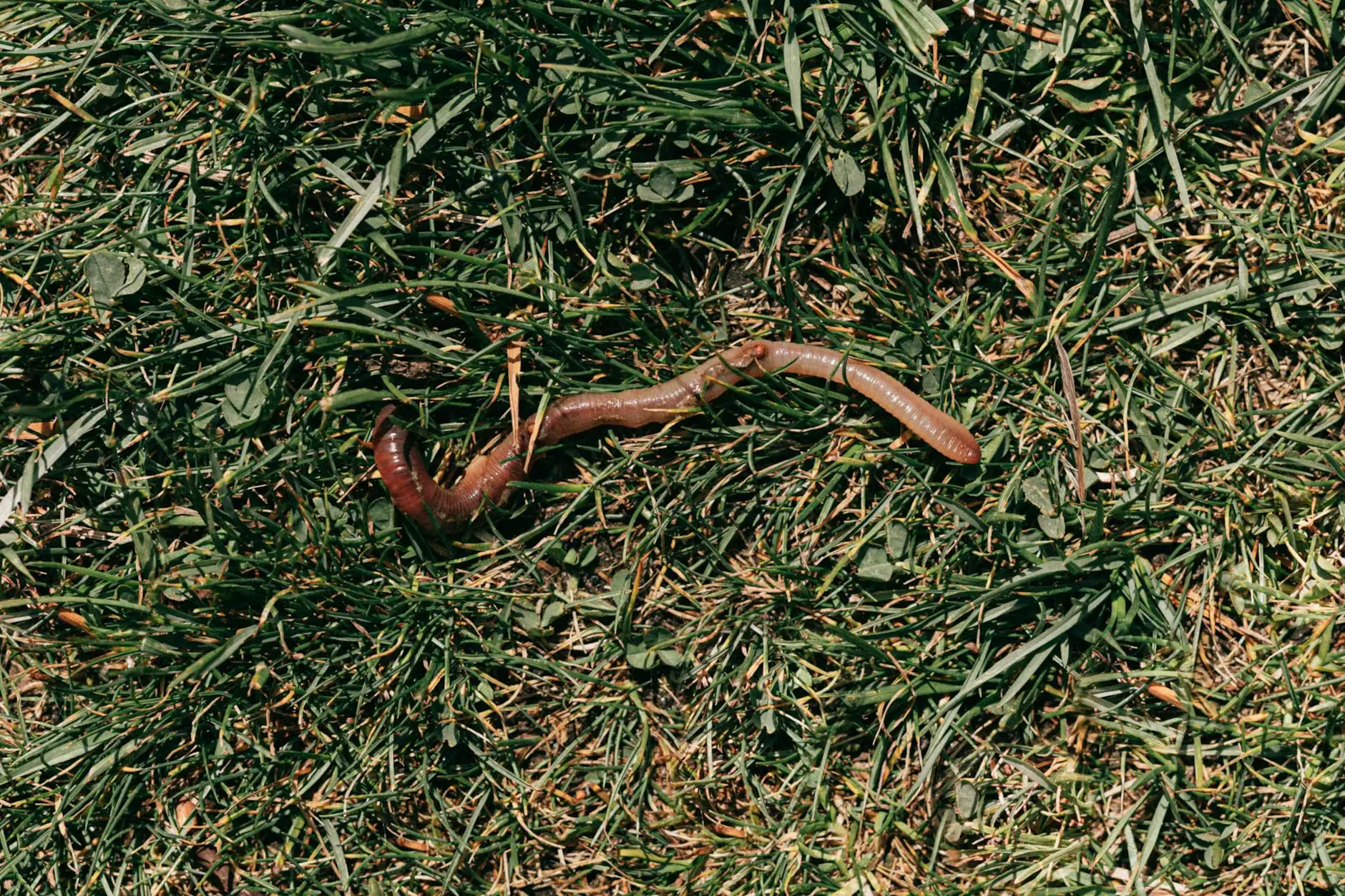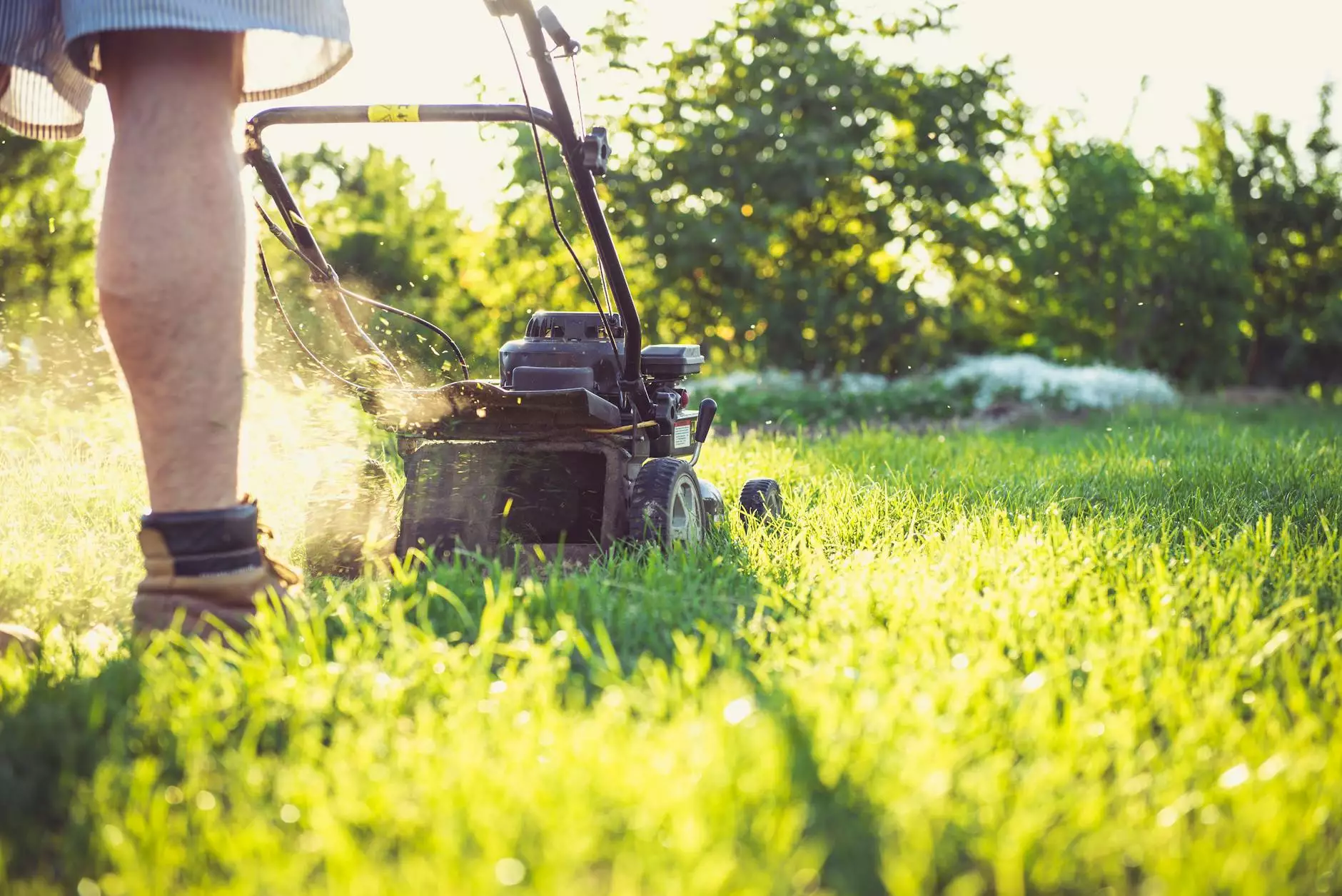Common Garden Pests

Introduction
A beautifully maintained garden is a source of pride for any homeowner. However, it is not uncommon to encounter various pests that can wreak havoc on your plants and flowers if left unchecked. At Cutting Hedge Services, we understand the importance of protecting your garden from these pests and ensuring its overall health and vitality. In this article, we will explore some of the most common garden pests and provide you with valuable insights on how to identify, prevent, and treat their infestations.
Aphids: The Tiny Plant Eaters
Aphids are small insects that feed on the sap of plants, causing them to wilt and weaken. These pests breed rapidly and can be found in clusters on the undersides of leaves. To control aphids, it's important to introduce natural predators such as ladybugs or lacewings, which feed on these insects. Additionally, spraying a mixture of soapy water on affected plants can help eliminate aphids.
Snails and Slugs: The Stealthy Garden Intruders
Snails and slugs can be particularly destructive to your garden as they feed on leaves, stems, and fruits. These nocturnal pests leave a slimy trail in their wake, making them easy to spot. To protect your plants from snails and slugs, use physical barriers such as copper tape or eggshells around vulnerable areas. Beer traps can also be effective in luring and trapping these pests.
Caterpillars: The Voracious Leaf Munchers
Caterpillars are the larval stage of butterflies and moths. While these insects may eventually transform into beautiful pollinators, they can cause significant damage to your garden in their caterpillar form. To control caterpillars, inspect your plants regularly and remove any eggs or larvae. You can also use organic insecticides specifically designed for caterpillar control.
Whiteflies: Tiny but Troublesome
Whiteflies are small, white insects that feed on plant sap, causing leaves to turn yellow and eventually die. These pests are often found on the undersides of leaves, and their infestations can quickly spread throughout the garden. To combat whiteflies, consider introducing natural predators like parasitic wasps or apply sticky traps that attract and trap these insects. Regularly watering and fertilizing your plants can also strengthen them against whitefly infestations.
Spider Mites: The Silent Plant Killers
Spider mites are tiny pests that are difficult to see with the naked eye. These pests are known for creating delicate webs on the undersides of leaves and sucking the sap out of plants, leading to unsightly yellowing and distorted foliage. To control spider mites, regularly spray your plants with a strong stream of water to dislodge them. Natural predators like ladybugs or predatory mites can also help keep their populations in check.
Fungal Diseases: A Threat to Garden Health
Fungal diseases such as powdery mildew or black spot can negatively impact the overall health and aesthetics of your garden. These diseases are often caused by factors like poor air circulation or excessive moisture. To prevent fungal diseases, ensure proper spacing between plants, regularly remove dead leaves and debris, and avoid overhead watering. Applying fungicides can also help in severe cases.
Conclusion
Dealing with common garden pests requires a balance of preventive measures and effective treatment strategies. At Cutting Hedge Services, we have extensive expertise in maintaining gardens and protecting them from these unwanted visitors. By implementing the tips and techniques outlined in this article, you can ensure a thriving and pest-free garden that will be the envy of your neighborhood.




